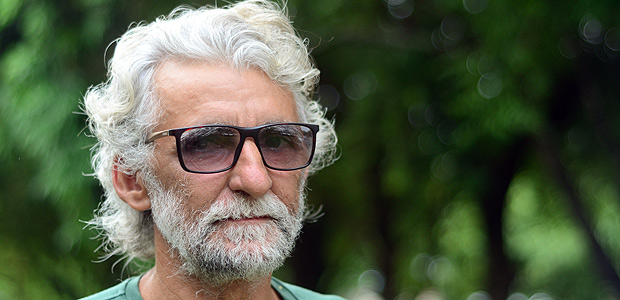Latest Photo Galleries
Brazilian Markets
17h36 Bovespa |
-0,07% | 124.646 |
16h43 Gold |
0,00% | 117 |
17h00 Dollar |
+0,29% | 5,1640 |
16h30 Euro |
+0,49% | 2,65250 |
ADVERTISING
Only International Pressure Prevents the End of Funai, Says Indigenist
01/08/2018 - 10h49
Advertising
RODRIGO VARGAS
FOLHA CONTRIBUTOR, IN CUIABÁ
Married and the father of two children, indigenist Jair Candor, 57, is about to complete his 30th year working with several isolated indigenous groups in Brazil.
He is the coordinator of the Front for the Ethnic and Environmental Protection of Madeirinha-Juruena, which works in two conflicting areas in the northwest of the state of Mato Grosso. He has a pessimistic view of the future of Brazilian indigenous policies. "It is going from bad to worse," says Candor.
*
Folha - There are reports of isolated indigenous people killed by gold prospectors along the Amazonas river and in areas invaded by loggers. How do you see this scenario?
Jair Candor - I really do not see an improvement on the horizon. In my opinion, it is going from bad to worse. The influential political power in these areas is huge. We know that these are strong people with a lot of money. And these guys get what they want, because what the government wants today is the end of Funai (the National Indian Foundation). I tell my colleagues that the agency is still standing because of the isolated indigenous communities – because the attention given by the media abroad is very strong. That is the only factor that is still barely keeping it alive, because foreigners are harsh critics and it seems like they are more worried about the isolated communities here than the Brazilian government. If they were not isolated, Funai would already have become something else. We know that the big soybean and cattle farmers are taking over.
What do the invaders want?
Wood. To give you an idea, a centimeter of ipe wood now costs R$ 12 (US$ 3.6). They are already selling ipe wood by the centimeter. Then someone finds 50 or 60 ipe trees in an indigenous area and it is over for them. The surroundings are long gone so everybody has their eyes on indigenous lands. Those guys have machinery that will cut down large areas in just two or three days. They do not need time.
Translated by THOMAS MUELLO
Read the article in the original language
| Rodrigo Vargas/Folhapress | ||
 |
||
| Indigenist Jair Candor (57) |



